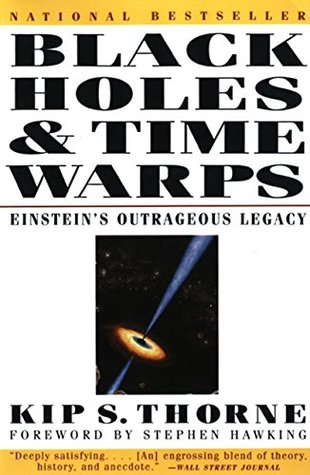More on this book
Kindle Notes & Highlights
Read between
September 12, 2022 - August 12, 2023
The Teller–Ulam invention at first was just an idea for a design. As Hans Bethe has said, “Nine out of ten of Teller’s ideas are useless. He needs men with more judgement, even if they be less gifted, to select the tenth idea, which often is a stroke of genius.” To test whether this idea was a stroke of genius or a deceptive dud required turning it into a concrete and detailed bomb design, then carrying out extensive computations on the biggest available computers to see whether the design might work, and then, if the calculations predicted success, constructing and testing an actual bomb.
Was Oppenheimer pleased by Wheeler’s conversion? He showed little interest and little pleasure. At a December 1963 international conference in Dallas, Texas, on the occasion of the discovery of quasars (Chapter 9), Wheeler gave a long lecture on stellar implosion. In his lecture, he described with enthusiasm the 1939 calculations of Oppenheimer and Snyder. Oppenheimer attended the conference, but during Wheeler’s lecture he sat on a bench in the hallway chatting with friends about other things. Thirty years later, Wheeler recalls the scene with sadness in his eyes and voice.
They had the use of their hands; they could draw pictures and perform many-page-long calculations on paper—calculations in which one records many complex intermediate results along the way, and then goes back, picks them up one by one, and combines them to get a final result; calculations that I cannot conceive of anyone doing in his head. By the early 1970s, Hawking’s hands were largely paralyzed; he could neither draw pictures nor write down equations. His research had to be done entirely in his head.
Because the loss of control over his hands was so gradual, Hawking has had plenty of time to adapt. He has gradually trained his mind to think in a manner different from the minds of other physicists: He thinks in new types of intuitive mental pictures and mental equations that, for him, have replaced paper-and-pen drawings and written equations. Hawking’s mental pictures and mental equations have turned out to be more powerful, for some kinds of problems, than the old paper-and-pen ones, and less powerful for others, and he has gradually learned to concentrate on problems for which his new
...more


